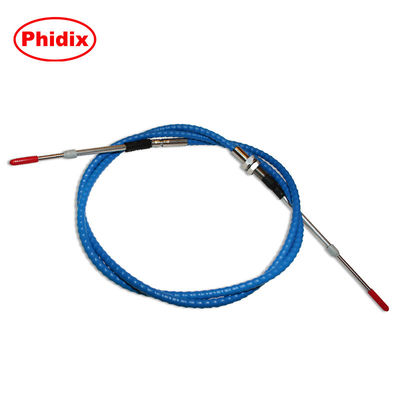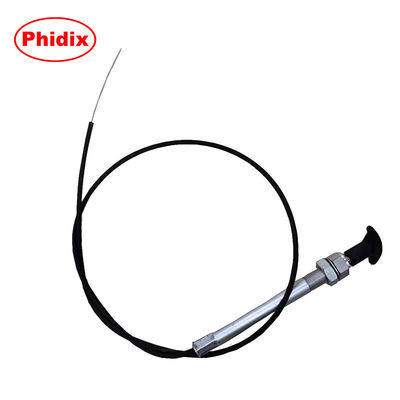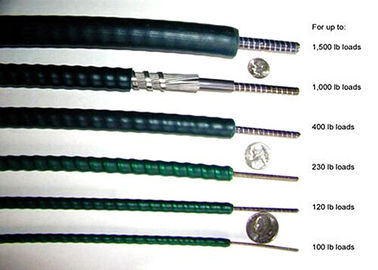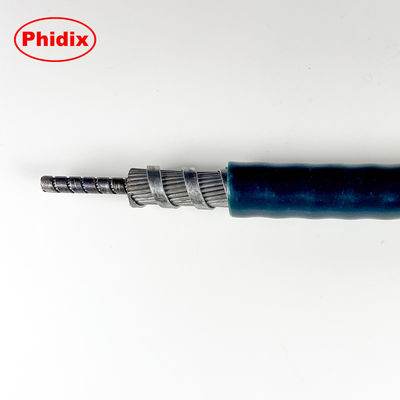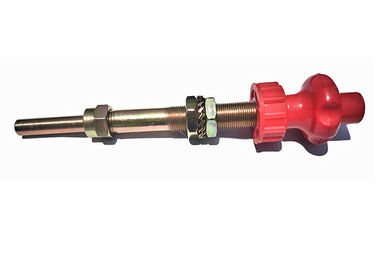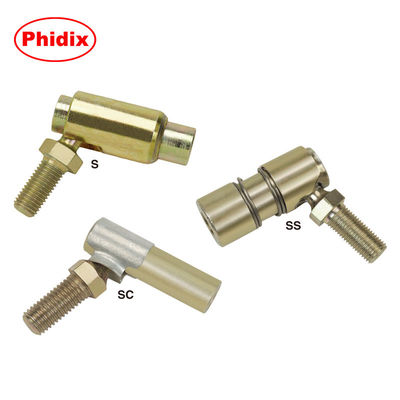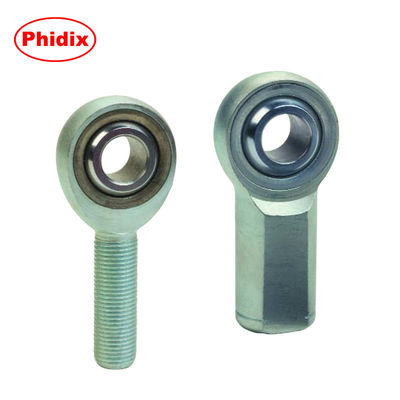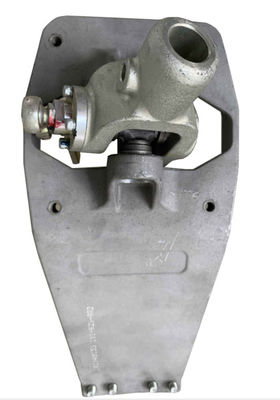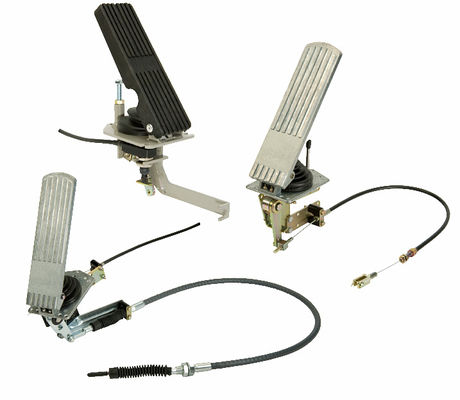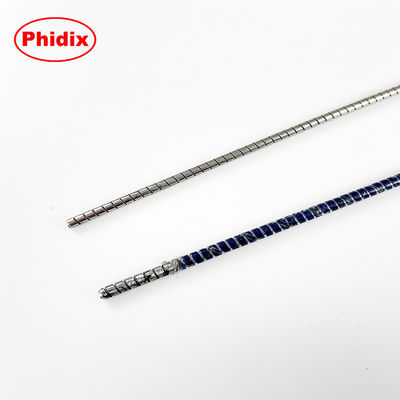1- Fatigue de la route étroite.
Ce qui se passe:
Le pliage répété sous des rayons serrés affaiblit les brins extérieurs des noyaux de câbles, en particulier dans les configurations 7x7 ou 7x19.
Prévention:
• Suivez les directives relatives au rayon de courbure minimum (d/d ≥ 15:1 recommandé)
• Utilisez des roues guidées par poulie lorsque c'est possible
• les personnes âgéesSélectionner des noyaux plus souples pour les chemins dynamiques;éviter les coins tranchants
Référence: Guide de conception du câblage de câbles
2- Déformation de compression due à la surcharge
Ce qui se passe:
L'actionnement de type poussée avec une force de compression excessive peut provoquer une flexion ou un rebondissement du noyau, en particulier dans les noyaux 1x7 et 1x19.
Prévention:
• Choisissez un noyau solide ou un noyau de plus grand diamètre 1x19 pour de longues distances de poussée
• Correspondance de la distance de course avec la conception du routage
• Ajouter une doublure pour réduire le frottement du noyau
Utiliser des méthodes de détection de charge selon le guide de sécurité de l'AMC pour valider la rigidité du câble
3. Détache ou détachement du noyau
Ce qui se passe:
Les noyaux de fil mal tendus ou surplongés peuvent se tordre, ce qui crée une séparation des brins ou une "cage à oiseaux".
Prévention:
• Utiliser des constructions de brins préformées (p. ex. 7x7 préformées)
• Suivez les procédures de contrainte correctes
• Évitez de couper les champs sans les terminer
4. Surchauffe induite par friction
Ce qui se passe:
Les noyaux de fil non recouverts dans des boîtiers longs à actionnement fréquent peuvent générer de la chaleur par friction, endommager les revêtements ou saisir le système.
Prévention:
• Utilisez des fils intérieurs revêtus de PTFE (par exemple 1x19 ou 7x7)
• Lubrifier périodiquement ou sélectionner des doublures à lubrifiant
• Évitez les chemins trop étroits.
Phidix propose des options de lubrification d'usine et d'extrusion en PTFE pour les surfaces du noyau.
5. Fermeture à base de corrosion et de rouille
Ce qui se passe:
Les noyaux d'acier inoxydable exposés à des environnements marins ou chimiques peuvent encore se corroder sans qualité de matériau ou revêtements appropriés.
Prévention:
• Utilisez des noyaux en acier inoxydable SUS 316L ou de qualité marine
• Évitez de retirer la veste de protection en PTFE pendant l'installation
• Conservez les câbles dans des récipients secs et scellés avant leur assemblage.
Des conseils d'experts
Selon le guide de sécurité de la CMA et le guide de conception de la Cablecraft,s'assurer que le fil de fer n'est jamais chargé au-delà de 80% de sa résistance à la rupture minimale est essentiel pour prévenir les défaillances du noyau.
Chez Phidix, nos produits à base de fil sont fabriqués selon le système de gestion de la qualité IATF 16949 qui garantit un contrôle strict du processus, des propriétés de traction constantes,et traçabilité du matériau à l'inspection finaleCela garantit non seulement la conformité technique, mais aussi la sécurité et les performances réelles dans les applications de commande mécanique exigeantes.
Pages liées
• les personnes âgéesGuide de la structure du noyau du fil intérieur
• les personnes âgéesLes capacités de fabrication et de qualité
Besoin d'aide pour résoudre les problèmes?
Envoyez-nous des photos ou des spécifications du système, et nos ingénieurs diagnostiqueront le mode de défaillance et vous recommanderont une configuration compatible du noyau intérieur, avec des dessins ou des échantillons si nécessaire.

 Votre message doit contenir entre 20 et 3 000 caractères!
Votre message doit contenir entre 20 et 3 000 caractères! Merci de consulter vos emails!
Merci de consulter vos emails!  Votre message doit contenir entre 20 et 3 000 caractères!
Votre message doit contenir entre 20 et 3 000 caractères! Merci de consulter vos emails!
Merci de consulter vos emails! 
